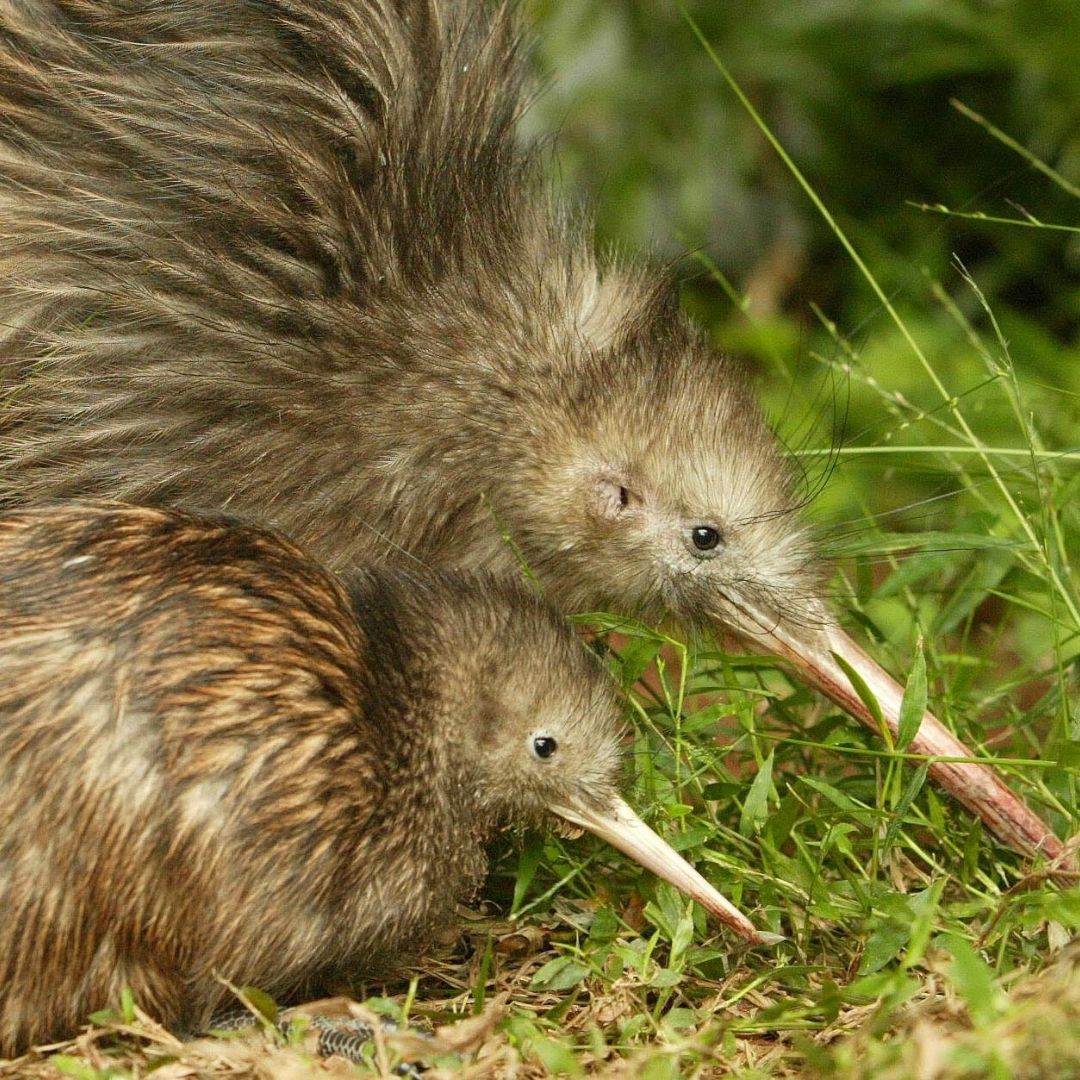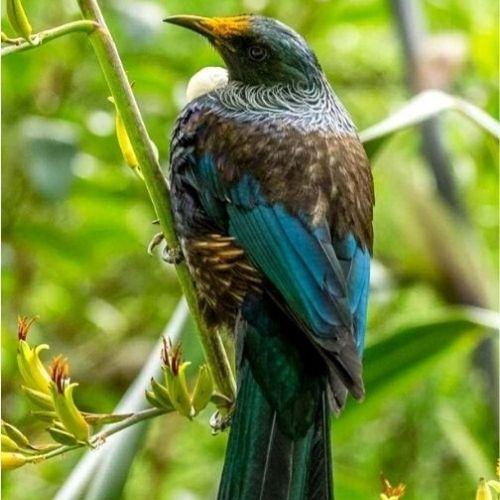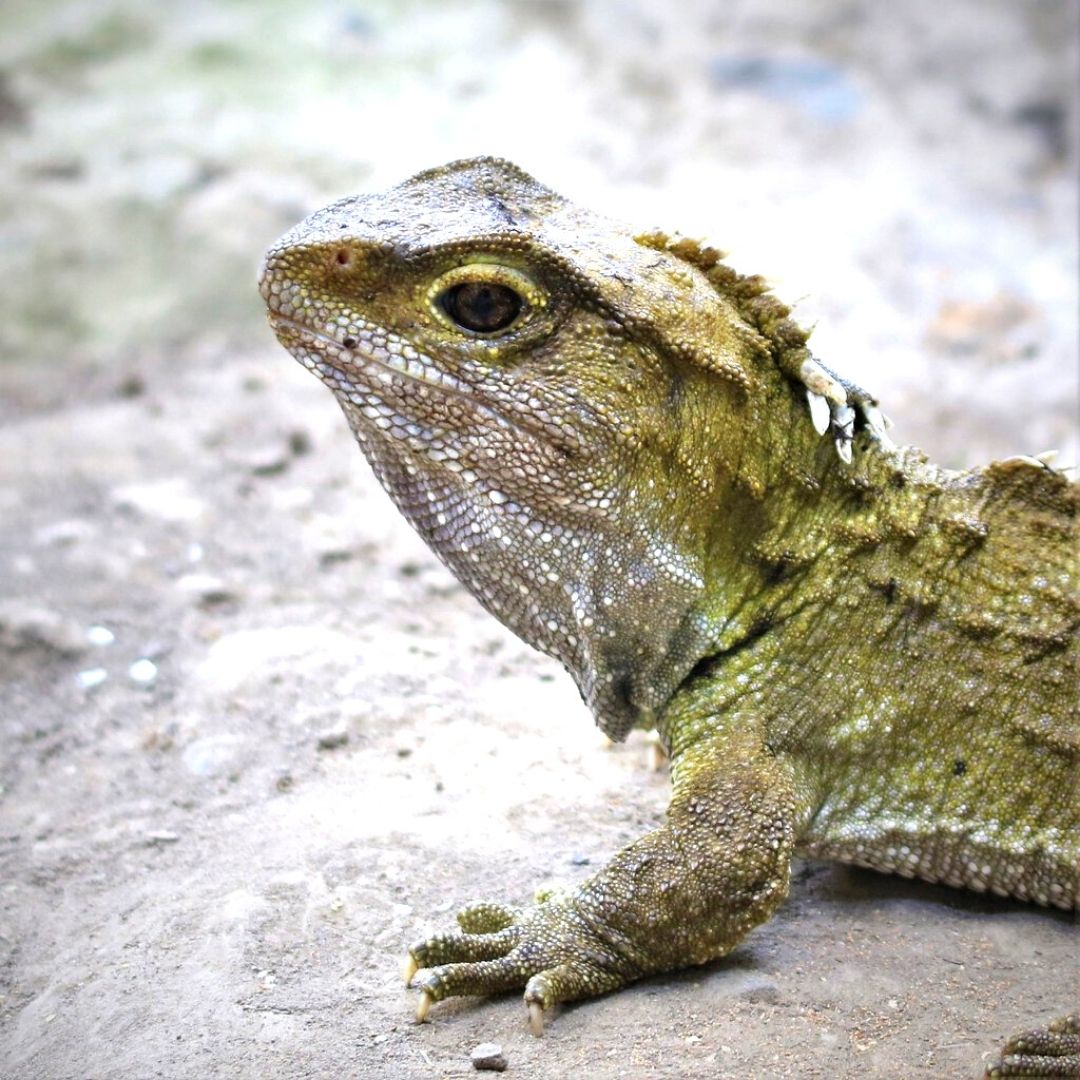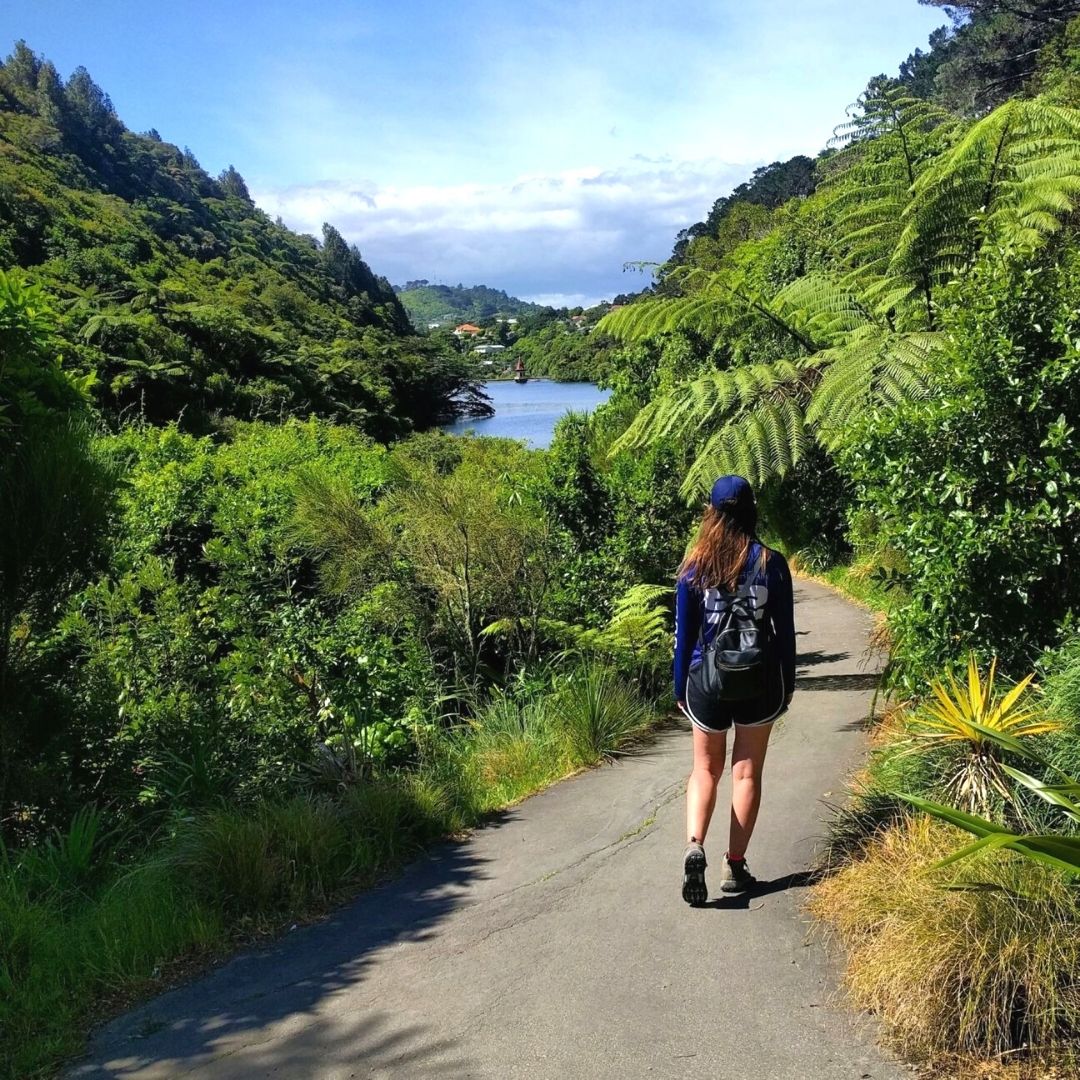Visiting ZEALANDIA is like stepping back into a wild, prehistoric world… in the heart of Wellington! ZEALANDIA is the world’s first fully-fenced urban ecosanctuary, and it’s filled with rare, native species that roamed New Zealand (Aotearoa) over 800 years ago.
This extraordinary conservation project includes a 500-year vision to restore Wellington valley’s forest and freshwater ecosystems to their pre-human state. ZEALANDIA is the wild — as nature intended!


New Zealand’s Threatened Flora & Fauna
Around 800 years ago, humans arrived in New Zealand from Polynesia, then Europe. It was a strange, isolated land that had adapted to life in a mammalian-predator free environment.
Without mammalian predators (like rats, dogs and cats), native flora and fauna evolved differently. For example, birds like the iconic kiwi and the giant kakapo parrot grew so docile that they lost their powers of flight!
The threat to New Zealand’s native flora and fauna grew as the invasive species took over. According to ZEALANDIA, since human arrival, the following speciaes have become extinct: at least 51 birds, three frogs, three lizards, one freshwater fish, one bat, four plants, and a number of invertebrates.


ZEALANDIA | Creating The World’s First Urban Ecosanctuary
In the early nineties, Jim Lynch, and his wife Eve, came up with the idea to create a mammalian-predator free environment to “Bring the Birds back to Wellington”. And so, the world’s first fully-fenced urban ecosanctuary was created!
Once the Lynches had found the perfect location — the beautiful Karori reservoir — a group of experts got together in 1993 to design a predator exclusion fence. The unique design features a curved top hat, wire mesh wall, and an underground skirt. The 8.6km fence surrounding the 225 hectare (500+ acre) ecosanctuary has effectively excluded nearly 200 mammalian predators (rats, cats, possums, etc.). As ZEALANDIA grew, so too did the Predator-Free 2050 movement; an ambitious plan to save New Zealand’s native bird species from extinction.


Protecting Native Flora & Fauna
ZEALANDIA is currently home to more than 40 rare, native species — 18 of which had been absent from New Zealand’s mainland for over 100 years! Before finding a safe home in ZEALANDIA, native birds species such as the tūī, kākā and kererū were extremely rare in New Zealand.
The reptiles, frogs and invertebrates living in ZEALANDIA have remained relatively unchanged since they were roaming around with dinosaurs. Visitors flock to see the Tuatara, or the ‘living fossil’, an ancient reptile species endemic to New Zealand.
The plants of ZEALANDIA are no less extraordinary; in fact, around 80% of New Zealand’s native plants and trees are found nowhere else in the world!


Visit & Donate To ZEALANDIA!
I think we can all agree that visiting ZEALANDIA is a must-do activity if you’re in Wellington! You can explore 32 kilometres of trails through ZEALANDIA at your own pace with a General Admission ticket, or tag along on a 2-2.5 hour Day, Twilight or Night Tour! You can even organise a Private Tour to enjoy all the sights and sounds with your friends, family or colleagues.
The best part is that ZEALANDIA is just a stone’s throw from Wellington’s CBD, and it’s super accessible via the free shuttle, cable car or public buses.
If you’d like to support ZEALANDIA’s mission to build a safe, long-term home for New Zealand’s native species, you can make a tax-deductible donation here!
Here at F&F, we’d love to visit the wild and wonderful ZEALANDIA one day! We’re in awe of how ZEALANDIA fiercely protects its native flora and fauna — like the tīeke, hihi, little spotted kiwi, and tuatara. Thanks to this extraordinary conservation project, these native species will thrive in Wellington and beyond!
If you enjoyed this blog, check out our eco news category for some more fantastic reads!
Rewilding The Galapagos Islands



